Panasonic Lumix DMC-FX70 Review
Panasonic Lumix DMC-FX70
With HD video and touch-screen controls, is the FX70 the future of luxury compacts?
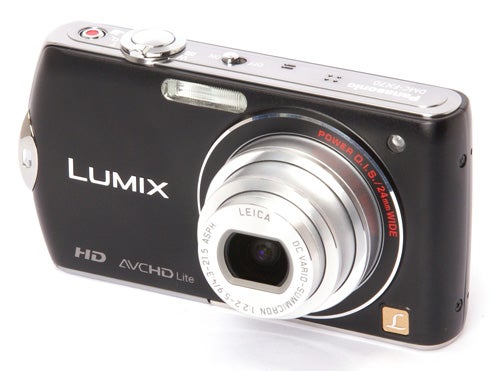
Verdict
Key Specifications
- Review Price: £279.00
It had to happen sooner of later. Panasonic has finally changed the design of its flagship luxury compact model, a body shape that has been around since the launch of the original DMC-FX1 in 2003, and continued virtually unaltered through the FX3, FX33, FX35, FX37, FX40 and even last year’s FX60. However Panasonic has just launched the latest in the series, the new Lumix DMC-FX70, and has changed the design. Don’t get too excited though; they’ve only changed one end of it.
Like previous FX-series models the FX70 is a high-spec luxury ultra-compact designed as much for style as for performance and picture quality. The body is all aluminium, finished in either matt black or silver with chrome trim. It is a very slim and lightweight camera, measuring 102.5 x 55 x 22.8mm and weighing 165g including battery and memory card. The lens folds flush with the body, and the shape of the body makes it easy to slip into a pocket for a night out. Despite its slim profile the camera is easy to hold, and the rounded right-hand end of the body feels comfortable in the hand.
As usual with Panasonic the build quality is superb, with tight panel joins and solidly mounted and well labelled controls. The buttons are a bit on the small side, but they operate with a nice positive action. Also as usual Panasonic has used a small slider switch on the top panel as the on/off switch, and this could possibly snag on the lining of your pocket, but that’s a very minor quibble on a very elegantly designed camera.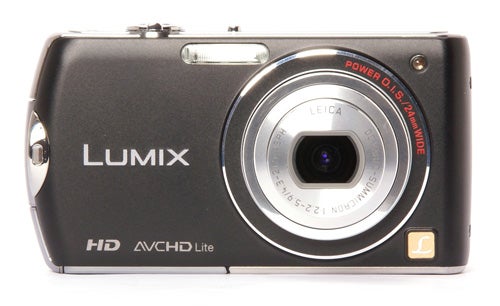
The FX70 is so new it’s not even in the shops yet, and even the recommended retail price has yet to be confirmed. If previous models are any precedent then it’s likely to go on sale at around £260, although with all the new features it may be more. I’ll update the review when I hear from Panasonic.
The FX70 departs from the design of the previous FX models in more ways than just a slight curve to the right-hand end of the body. It features a new 5x zoom lens with a fast maximum aperture of f/2.2 and a focal length range equivalent to 24-120mm, 720p HD video recording in the high quality AVCHD Lite format, and more significantly a touch-screen control system. Panasonic has used a touch-screen interface before, but has always kept the traditional D-pad and buttons as well. The FX70 dispenses with this and is operated almost entirely through on-screen controls. The only physical controls on the back of the camera are the menu and mode buttons and the slider switch to select shooting or playback modes. The top panel carries the on/off switch, the shutter button with the zoom control as a rotary bezel around it, and a dedicated button to start video recording in under two seconds.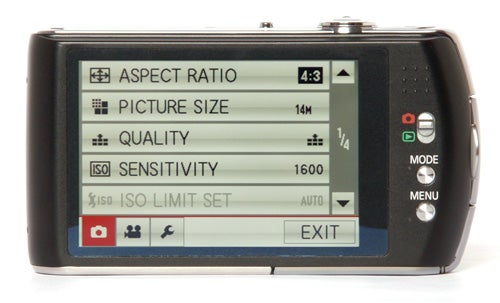
As regular readers will know, I’m not particularly keen on touch-screen controls for cameras. They’re fine on phones and PDAs where the screen is primarily a control device, but on a camera the screen is mainly used for composing shots and viewing images, both of which are a lot harder to do when it’s covered in grubby fingerprints. The FX70 has a three-inch TFT LCD monitor with a resolution of 230k. It is nice and bright, and has a fast refresh rate and a very wide viewing angle in all directions, but the touch-sensitive layer reflects light internally, making the screen very difficult to see when using the camera in bright sunlight.
That being said, the touch controls do work well. The button areas are large enough even for my fingers, and it is quick and responsive. There are on-screen buttons for most common shooting options, including a quick menu that covers almost everything else. The icons are clear and well spaced out, and the whole thing makes an attractive package.
The camera’s other features are more commonplace, but are still of high quality. The HD video recording mode is particularly nice, offering 1280 x 720 resolution at 50/25 fps, very high quality mono audio and full optical zoom, with the zoom action slowed down to avoid inducing nausea in your viewers. The Intelligent Auto functions can be used in video recording mode, and the camera features Viera Link for suitably equipped Panasonic TVs, allowing camera playback to be controlled from the TV remote.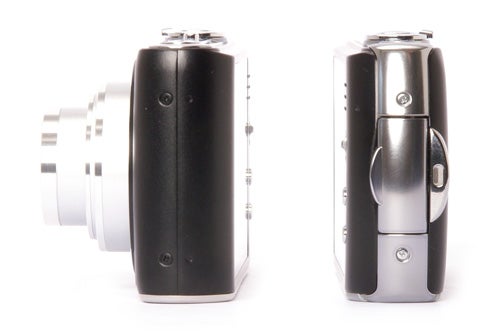
Since the FX70 is designed to be easy to use the still shooting options are fairly limited, but include the reliably excellent Intelligent Auto mode, a standard auto mode with full menu options, a good selection of scene modes, and something called “cosmetic mode”, which can improve portrait shots by enhancing skin tones. The FX70 is of course equipped with Panasonic’s acclaimed Power OIS image stabilisation system, which offers around three stops of extra stability. It also features the latest of Panasonic’s photo technology, the Intelligent Resolution system, which helps to preserve detail and edge sharpness in digital zoom mode. This is available in both still and video modes.
The FX70’s overall performance is reasonably good, although it’s not going to be winning many races. It starts up and is ready to take a picture in approximately three seconds, and in single-shot mode the shot-to-shot time is approximately 1.7 seconds, which is fairly quick, but you have to time the shutter press just right or it misses the next shot. In continuous mode it is limited to a three-shot burst in just under two seconds. 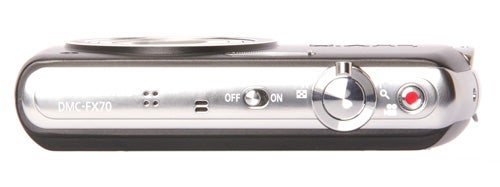
As usual with Panasonic compacts the FX70 has multiple autofocus modes, including face detection, a very effective subject tracking system, spot AF, single-zone high speed, multi-zone and touch-controlled zone AF. In all modes focusing is quick, accurate and reliable, and it operates extremely well in low light. For very low light the camera has an AF assist lamp with a range of around three metres.
In terms of image quality the FX70 has both good and bad points. At low ISO settings the quality is very good, although I did notice a slight tendency towards over exposure that robbed some images of colour saturation. Dynamic range is a bit limited in standard mode, with little shadow detail, but this is boosted in iAuto mode. The lens quality is also generally good, with nice edge-to-edge sharpness and very little chromatic aberration. There is some barrel distortion at wide angle, but this is only to be expected from a 24mm lens.
The only real problem is image noise, an inevitable consequence of a massively overcrowded sensor, which is visible in almost all images, even as low as 100 ISO. The noise reduction system seems to be tuned to produce the best results at 200 ISO, but from 400 ISO upward noise becomes increasingly severe. The 1600 ISO maximum has reasonable colour balance, but is really only suitable for very small image.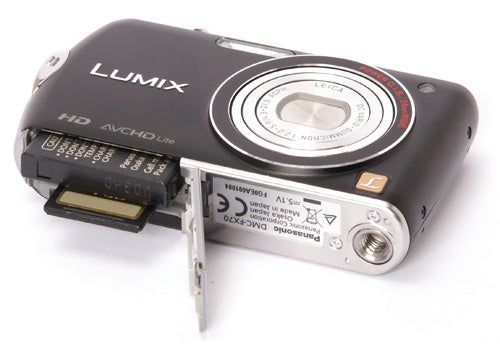
”’Verdict”’
The Panasonic Lumix DMC-FX70 is an attractively designed and well made luxury compact that will appeal to the style-conscious. The touch-screen interface works well, and the camera is easy to use and pleasant to handle. It’s a bit light on features, but the HD video quality is excellent and the fast lens and wide zoom range are a bonus. Image quality and performance could be better though. It all depends on how expensive it is when the price is finalised.
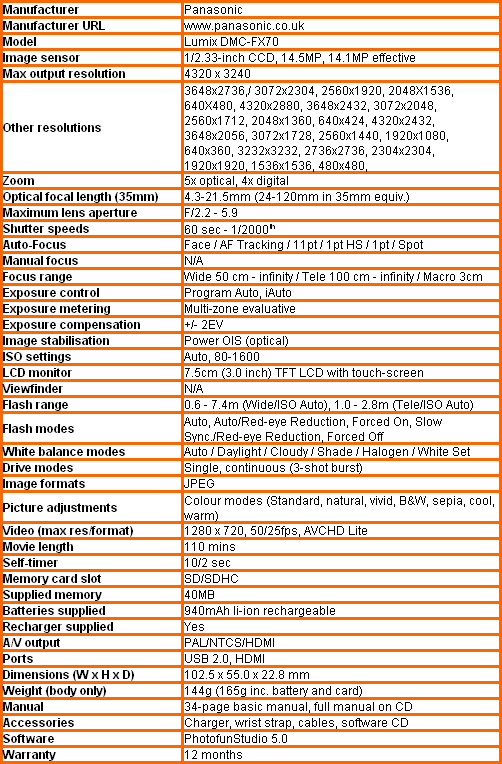
”Over the next few pages we show a range of test shots. On this page the full size image at the minimum and maximum ISO settings have been reduced to let you see the full image, and a series of full resolution crops have taken from original images at a range of ISO settings to show the overall image quality. These pictures were taken indoors using shaded natural light.”
—-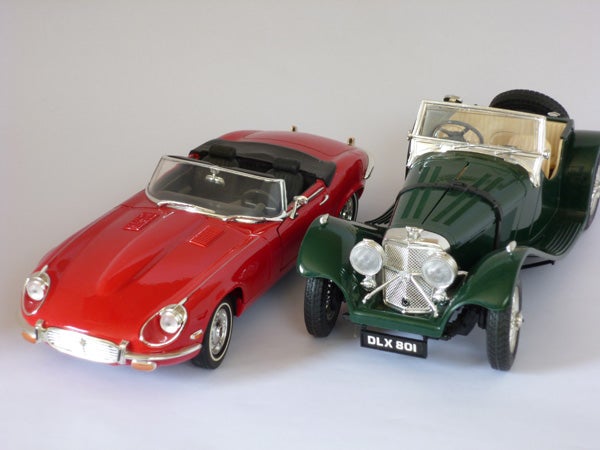
This is the full frame at 80 ISO.
—-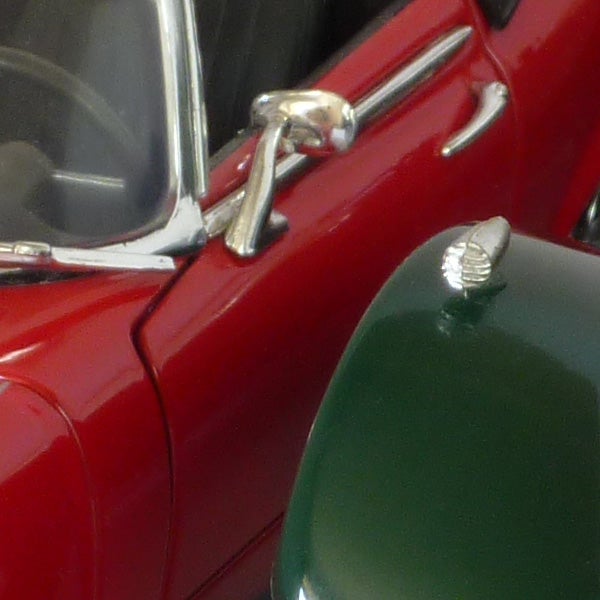
Image quality is good at 80 ISO, but there is still a little speckling in the green areas.
—-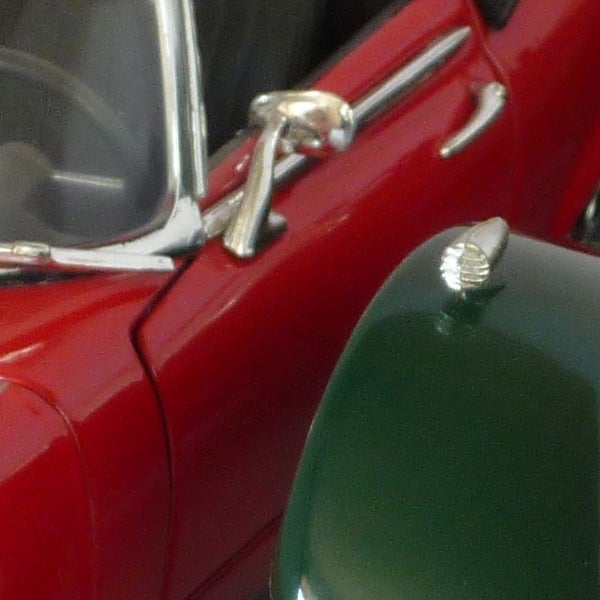
There are some blotches in the red areas too at 100 ISO.
—-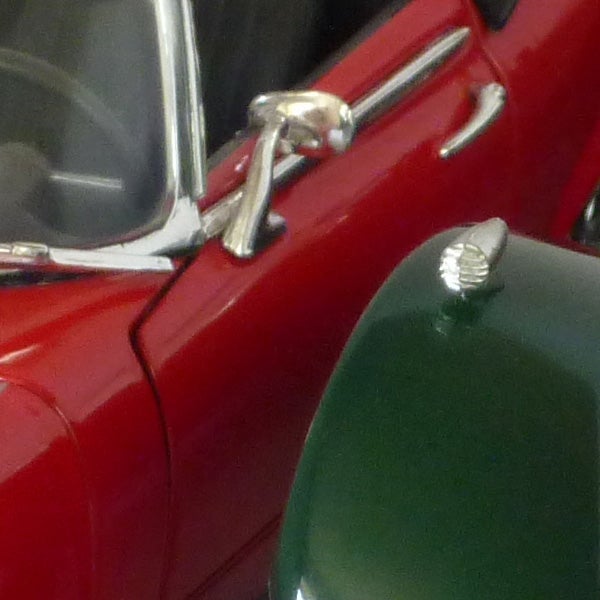
The noise reduction system seems to be tuned to produce good results at 200 ISO.
—-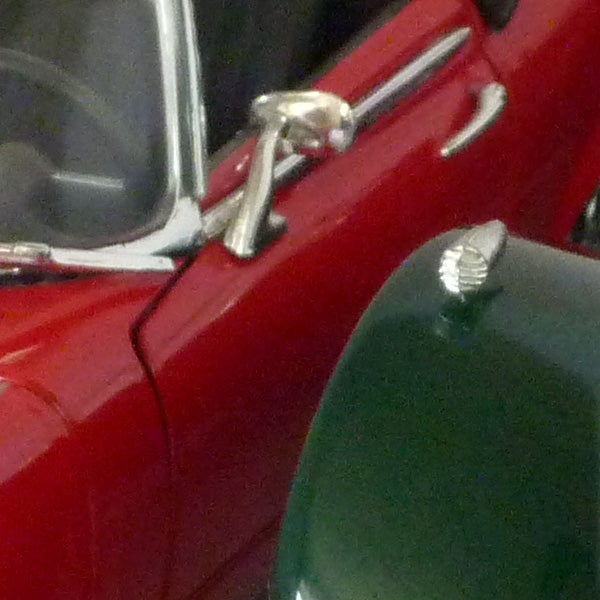
Noise is very visible at 400 ISO.
—-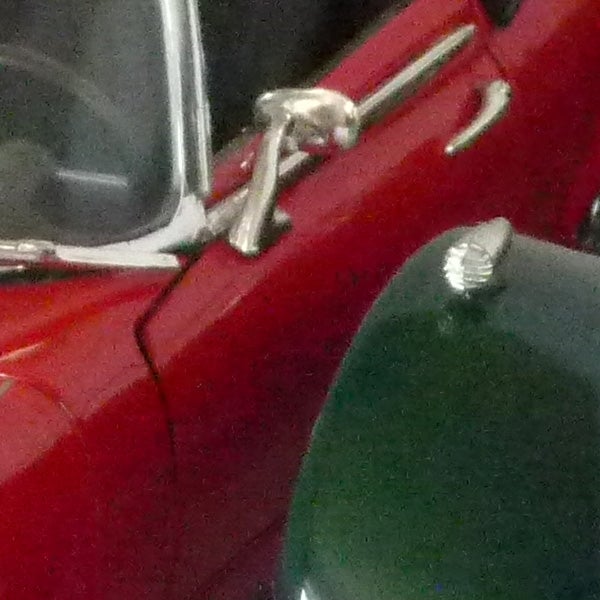
Loss of detail and big blotches at 800 ISO.
—-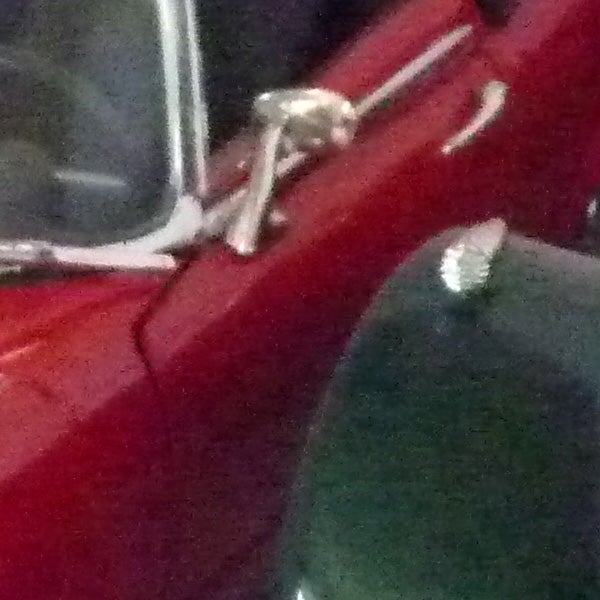
Quality is pretty ropey at 1600 ISO.
—-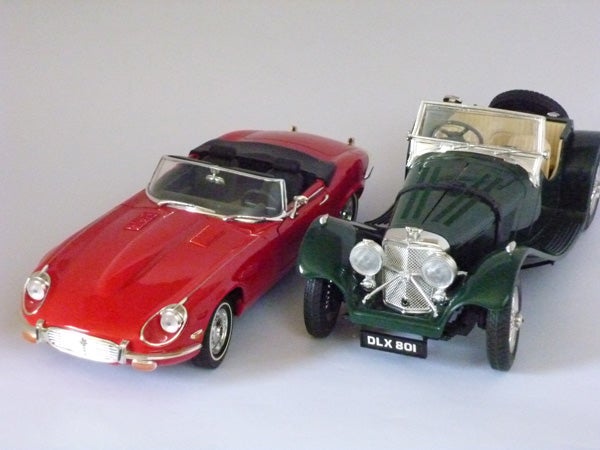
This is the full frame at 1600 ISO.
—-
”A range of general test shots are shown over the next two pages. In some cases, the full size image has been reduced for bandwidth purposes, and a crop taken from the original full resolution image has been placed below it to show the overall image quality. Some other pictures may be clicked to view the original full-size image. ”
—-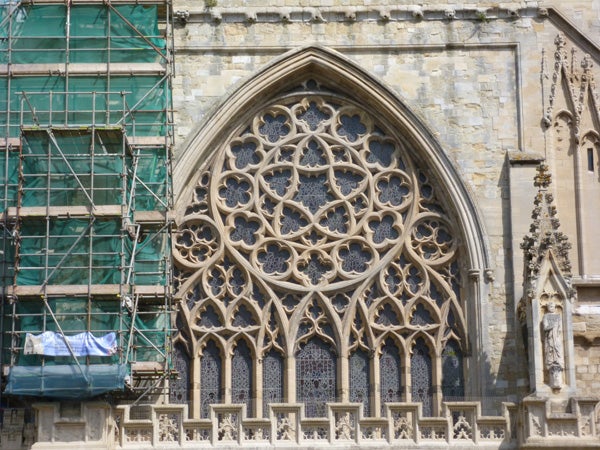
Here’s the usual detail test shot of the West Window of Exeter Cathedral, for you to compare with other cameras. See below for a full res crop, or click to see the whole picture. The downloadable file is approximately 5.4MB.
—-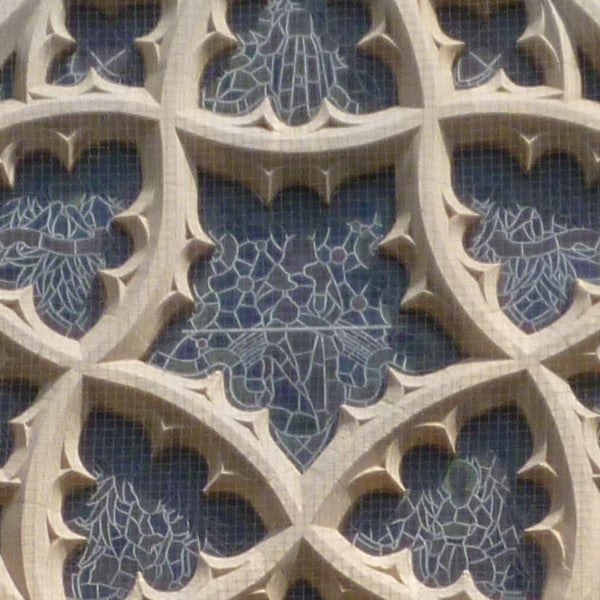
There’s plenty of fine detail, but also a bit of softness.
—-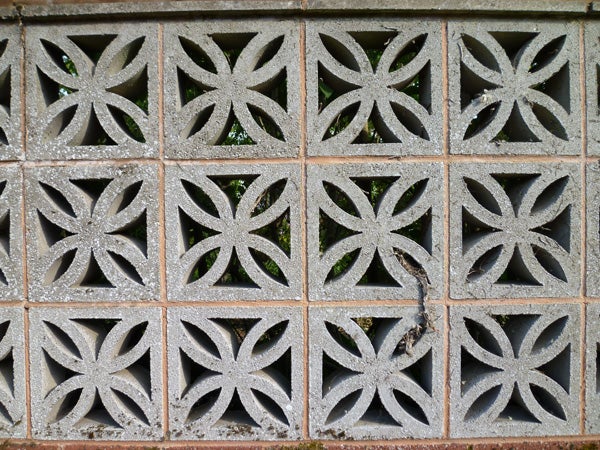
Some barrel distortion at wide angle.
—-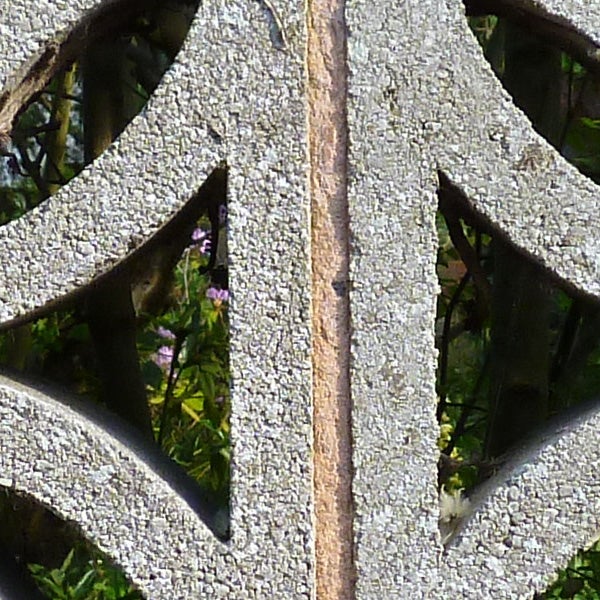
Centre sharpness is good.
—-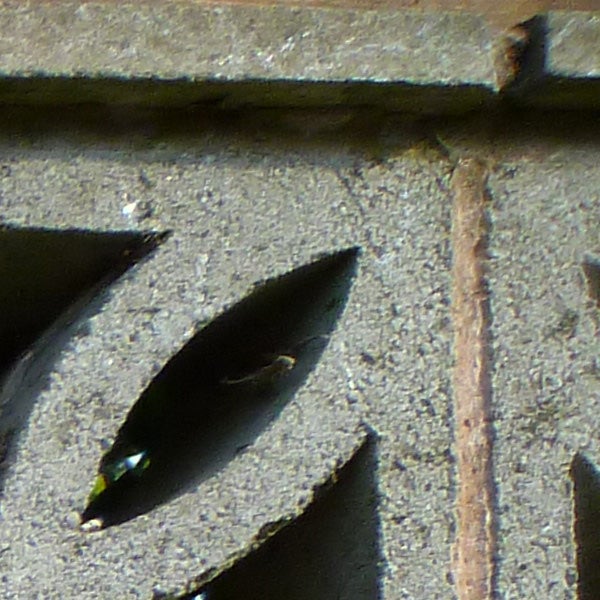
Some slight corner blurring, but barely any chromatic aberration.
—-
”Here are some general test shots to help evaluate the camera’s overall image quality, including dynamic range, colour rendition and the zoom range of the lens. Some pictures may be clicked to download the full size original image. ”
—-
The wide angle end is equivalent to 24mm.
—-
The telephoto end is equivalent to 120mm.
—-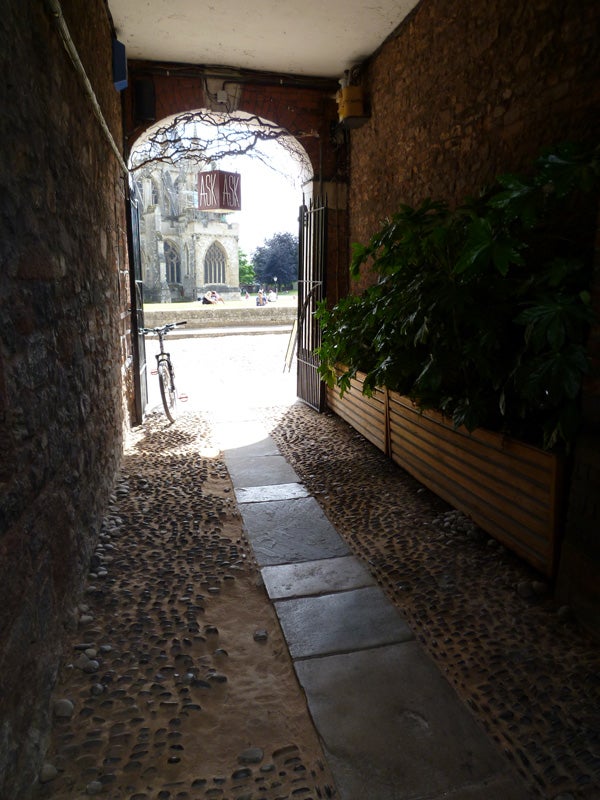
Dynamic range is a bit limited in standard mode.
—-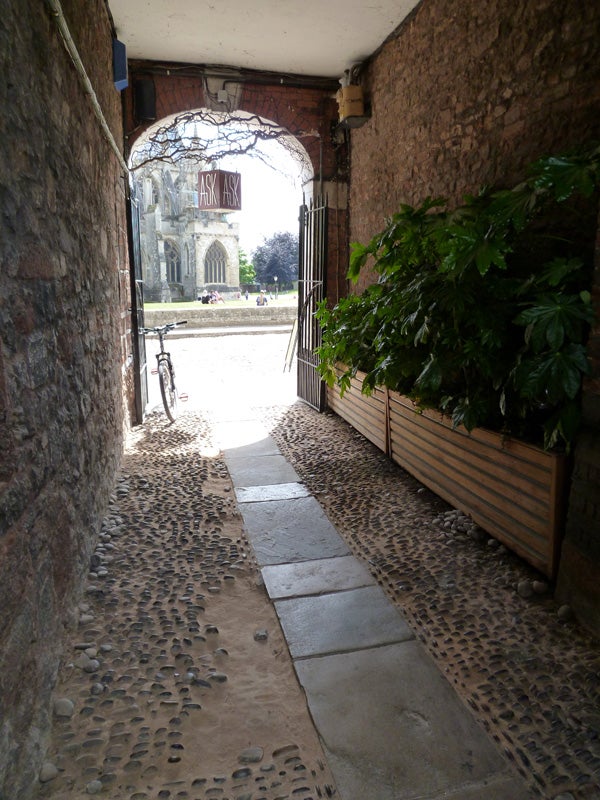
Things look a bit better in iAuto mode.
—-
Colour rendition is a bit pale.
—-
Trusted Score
Score in detail
-
Value 7
-
Image Quality 8
-
Build Quality 9
Features
| Camera type | Digital Compact |
| Megapixels (Megapixel) | 14.1 Megapixel |
| Optical Zoom (Times) | 5x |
| Image Sensor | CCD |
| Optical focal length | 4.3 to 21.5mm |
| Shutter speed | 60secs to 1/1000th |
| Auto focus | Face, AF Tracking, 11pt, 1pt HS, 1pt, Spot |
| Manual focus | N/A |
| Max output resolution | 4320x3240 |
| Other resolutions | 3648x2736, 3072x2304, 2560x1920, 2048x1536, 640x480, 4320x2880, 3648x2432, 3072x2048, 2560x1712, 2048x1360, 640x424, 4320x2432, 3648x2056, 3072x1728, 2560x1440, 1920x1080, 640x360, 3232x3232, 2736x2736, 2304x2304, 1920x1920, 1536x1536, 480x480 |
| Focus range | Wide 50cm to infinity, Tele 100cm to infinity, Macro 3cm |
| Exposure control | Program Auto, iAuto |
| Exposure metering | Multi-zone evaulative |
| Exposure compensation | +/-2EV |
| Image Stabilisation | Power OIS (Optical) |
| ISO settings | Auto, 80-1600 |
| LCD Monitor | 3-inch TFT |
| Viewfinder | N/A |
| Flash range | 0.6 to 7.4m (Wide/ISO Auto), 1 to 2.8m (Tele/ISO Auto) |
| Flash modes | Auto, red-eye reduction, forced on, slow sync, forced off |
| White balance modes | Auto, daylight, cloudy, shade, halogen, white set |
| Drive modes | Single, continuous (3-shot burst) |
| Image formats | JPEG |
| Picture adjustments | Colour modes (standard, natural, vivid, B&W, sepia, cool, warm) |
| Video (max res/format) | 1280x720, 50/25fps |
| Movie length | 110mins |
| Self timer | 10/2 secs |
| Memory card slot | SD/SDHC/SDXC |
| Supplied memory | 40MB |
| Batteries supplied | 940mAh Li-ion rechargeable |
| Charger supplied | Yes |
| A/V output | PAL/NTSC/HDMI |
| Charging/Computer Connection | USB 2.0 |
| HDMI | Yes |
| Manual | 34-page basic manual, full manual on CD |
Physical Specifications
| Dimensions Width (Millimeter) | 102.5mm |
| Depth (Millimeter) | 55mm |
| Weight (body only) (Kilogram) | 165g including battery and memory cardkg |

